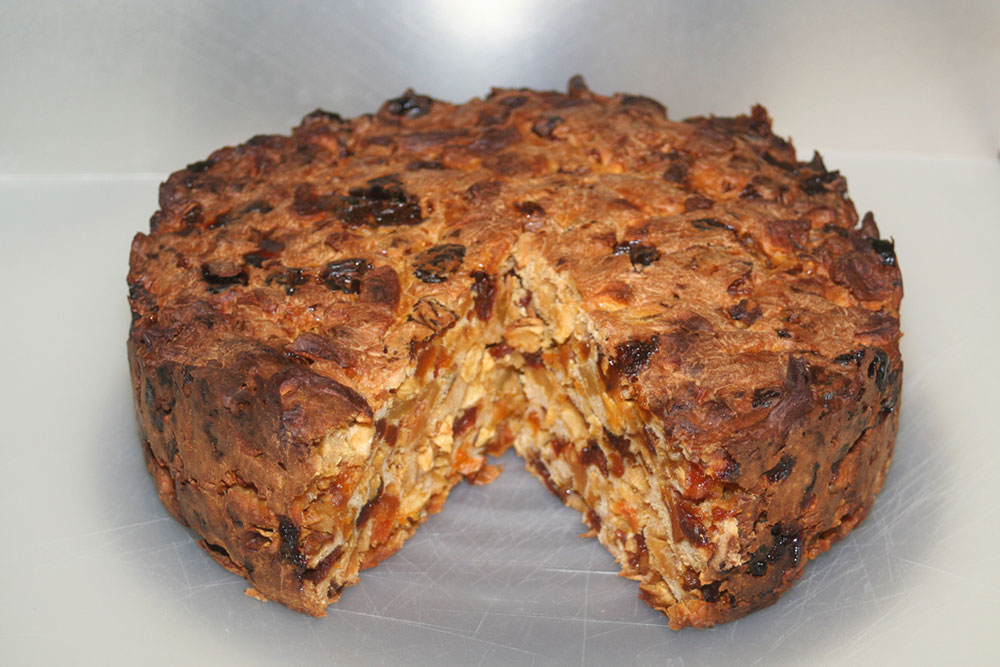
Most Indians follow an informal system of dividing food into “hot” and “cold”, or more accurately, as per their “heating” and “cooling” properties. This is not unique to India – food writer Frederick Simoons points out that this classification exists in China too, but it, in all probability arose in India. While the jury is still out on the science of this belief but it has a deep resonance in India’s food culture. “Hot” foods such as meat, ghee, spices and jaggery are consumed liberally in the winter given that their adverse effects will be balanced out by the, well, cold temperature. And then, of course, is the sheer joy of eating something in the cold. All of this means that India sees an outburst of food in its short winter. Here are a few of the more iconic dishes of which you should get your fill.
1. Paya and Nihari

Both paya and nihari and are basically meat stews – which is a bit like calling a Formula One car basically an automobile. Paya literally comes from the Hindi-Urdu for “feet” and is made of trotters. Nihari literally means “breakfast” and is made out of the meat of the shank. While the masalas that go into both the paya and nihari are mostly the same and don’t vary very much from what would go into a normal Mughlai curry, the key to the brilliance of both is the fact that they are simmered overnight, thus seeping the stew with delicious meat flavor.
Both are usually had for breakfast.
2. Undhiyu

Gujarat’s most famous winter dish consists of a large array of slow roasted local vegetables. The veggies uses include the papdi, which grows wild in and around Surat as well as potatoes, yams, brinjals, coconut, fenugreek and others.
Another version of the dish is called umbadiyu and is baked in the ground. Writer and Surati Ashelsha Khurana points out that the dish can be found being cooked along the roadside during the winters, smoke rising from the hay and dung cakes being burnt above the buried pot to bake it.
Contrary to stereotypes about Gujarati food, a number of undhiyus also have meat in them. The Parsi version, called aradhiyu, has eggs and chicken and the Khatris of Surat make theirs with goat meat.
3. Shakarqandi chaat
The roasted shakarqandi – or sweet potato – is the harbinger of winter across much of northern India. Cooked on coals, it is peeled, cut into slices and garnished with lemon juice, chat masala and rock salt and sold by street vendors throughout Delhi.
4. Daulat ki chaat
Daulat ki chaat is not a chaat at all – it’s a sweet. And no one’s really sure who Daulat was. The dish though is made by frantically whisking sweetened milk for hours which is then allowed to set into a kind of delicate foam cake with a density slightly higher than soapsuds. The mass is coated with varq or silver foil, saffron (or saffron food colour, to set modern-day expectations) and served mixed with khoya (condensed milk) and powdered sugar.
It is a winter dish by sheer necessity since at warmer temperatures, the foam would simply melt into nothingness – which is exactly what happens when you push a spoonful into your mouth.
Consistent with its ephemeral physical nature, the dish goes by many names across north India. While daulat ki chaat dominates in Delhi, a more popular name across Uttar Pradesh is malai makhan (very aptly, cream butter) or even malaiyo (cream-o). Lucknow, though, wins the naming contest – in the city, the dish is known by the very fancy “nimish”, Persian for whipped cream.
5. Roghani Roti
Roghan in Persian means any type of cooking fat, including oil, butter, tallow or – as in this recipe – ghee. True to its name, a roghani roti is a flatbread where the flour is kneaded with liberal amounts of ghee (another “hot” food where larger amounts are allowed in the winters). The dough is then rolled out like a normal roti, only smaller and then baked on a griddle. The extra ghee in the dough ends up lending the roti and beautiful, fiery orange glow which can then be eaten along with a curry or even simply on their own. Once a staple of the North Indian elite, the dish has mostly disappeared from kitchens, which is a shame given how easy it is to make and tasty it is to eat.
6. Nolen gur

If Bengal cuisine is known for its sweets then Bengali sweets are known for their nolen gur preparations. Nolen gur is jaggery made from data palm sap and is used as a seasonal sweetener in the winters. Nolen gur could be used to make your regular stuff such as rasgullas or sandeshes or even the more special dishes such as the patishapta, a flour-semolina crepe filled with nolen gur-flavoured coconut shavings.
7. Panjiri

Punjabi food is one of the country’s most popular cuisines, so widespread that in many places it is simply called “Indian”. But fame has its price and often Punjabi food is caricatured, reduced to its lowest common denominator of butter chickens and sarson di saags.
Panjiri is a dish that didn’t make the big time and consists of wheat flour roasted in truly tremendous amounts of ghee along with spices and dry fruits. The resultant clumpy powder can be stored over the winter and is often treated by Punjabis as a health supplement.
8. Fruit cake

A fruit cake is a cake suffused with dry and candied fruit, nuts, spices and sometimes soaked in rum. Fruit cakes have a long association with Christmas in Europe and that is how they are present in India too.
Kolkata has a rather strong bond with the fruit cake. The 140-year old New Market serves as the epicenter of the city’s Christmas celebration. There, Nahoum and sons, a bakery run by a Baghdadi Jew family serves up the city’s most famous fruit and plum cakes (which have no plums but are called so because raisins were once also called plums). Fruit cakes though have now become a mass product and each and every western confectionary shop throughput the city stocks them during the winters.
Divorced from the industrialised cakes complex, though, many Anglo-Indians families in the New Market area still get the ingredients of their cakes to the city’s many bakeries, who mix and bake these into a cake for a fee.
9. Chai
Chai might seem an obvious choice but it is a bit of a remarkable drink. Indians often forget just how recent the mass drinking of tea is in the country (it dates to after Independence). Indians also brew their tea in their own unique style, boiling milk, water and tea together. In the winter, a few slivers of pounded ginger or cardamom can really do wonders for your mood and is often the prime reason to get out of bed on a cold winter morning.
[“source-scroll”]



